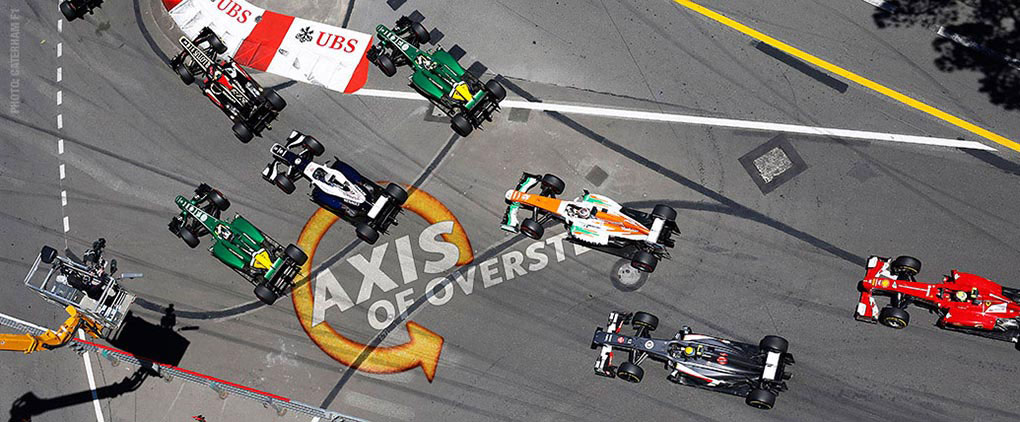
With the announcement that pressures will be measured prior to installation, the FIA is finally cracking down on tricks teams had been using to get around the Pirelli determined minimum inflation values.
A little background: Pirelli determined tire failures were due to teams running low pressures to get a grip advantage. Low pressure caused the sidewalls to fail.
Lower pressure increases the contact patch of the tires and improves traction, each psi taken out is worth 1/10th of a second on an average lap so clearly it is in a team's best interest to try and get pressures as low as possible. The FIA has been measuring pressures on the starting grid so how to get around that?
Temperature
 |
| Hub heating fan on a Mercedes (Auto Motor Sport) |
 |
| Hub "blanket" |
Once the car is moving, the hub cools in the airflow and heat from the brake disks is carefully ducted away from the wheel rim effectively cooling the tire and lowering the pressure.
 As the race progresses, "cheater" teams gain tremendously because they can maintain a lower pressure while other teams have to deal with a rise in pressures as the tire works.
As the race progresses, "cheater" teams gain tremendously because they can maintain a lower pressure while other teams have to deal with a rise in pressures as the tire works.As you might imagine, only the very top teams can afford to devote resources to studying and simulating so many variables, especially considering Pirelli pressures are different at each track Teams that can't play that game are at a huge disadvantage.
Auto Motor Sport writes:
"a source told us: 'If the starting pressure is 21 PSI and you put the wheel on a hot hub, it can quickly once rise to 22 PSI, until he starts again easy to fall off. In the last 5 minutes the tire is most vulnerable to pressure loss. So you have to do everything so that the temperature in these 5 minutes, does not drop too much. Should the pressure rise too high at measuring time, you can drain it to the correct start value.
All the heat (up to 200 degrees C) you have stored in the brake caliper, in the discs and the wheel hub, will disappear immediately when driving. The temperature quickly drops by half and you lose about one PSI. The pressure levels off depending on cooling of the brakes and rims to where you want it.'"
 |
| locating studs are also used s heat sinks (AutoMotorSport) |
In any case, from now on pressures will be measured before the tire is on the car, the idea being to put a stop to this "arms race" of special heat transferring wheels and temperature controllers.
Mindful teams will still try to game the system, Pirelli declared very high pressures for this week end compared to the previous year.
As a carrot, Pirelli promised that, if pressures are seen to not increase too drastically while the car is on track (meaning the teams are not trying to be too clever) they will bring future values more in line with what teams would ideally like to have.

No comments:
Post a Comment